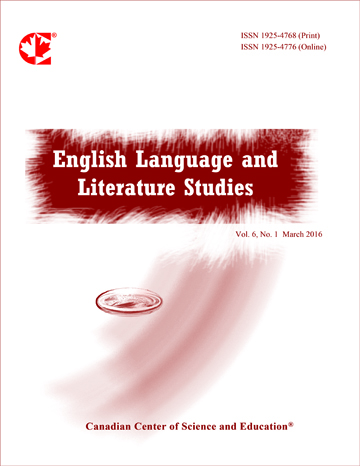On Lexical Borrowing from English into Chinese via Transliteration
- Yan Chen
Abstract
Transliteration has played an important role in lexical borrowing from foreign languages into Chinese. In this paper the question of lexical borrowing from English into Chinese via transliteration is treated from multiple perspectives with data drawn from A Dictionary of Loan Words and Hybrid Words in Chinese, the most authoritative dictionary of loanwords in Chinese so far. It is found that as a method of adaptation, transliteration is used in three ways, namely phonetic transcription, transliteration plus notes, and half transliteration plus half translation, which bring into being three subtypes of transliterations respectively: phonemic loans, annotated transliterations, and loanblends. Three strategies have been adopted to add semantic transparency to transliterations: direct labeling of semantic category with radicals or characters, indirect suggestion of meaning by combining characters in syntagmatic lexical relations conforming to Chinese word-formation processes, and addition of meaning through endowing transliterations with positive, negative, or jocular connotations. An important means to enrich the Chinese lexicon and promote products in advertising language as it is, transliteration poses problems of understanding, including distortion of meaning and folk-etymological interpretation.
- Full Text:
 PDF
PDF
- DOI:10.5539/ells.v3n4p1
